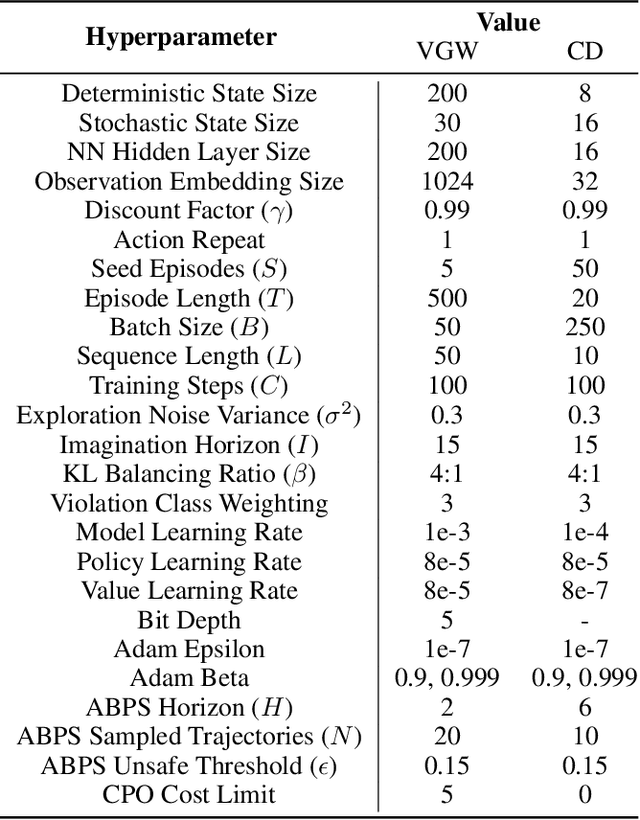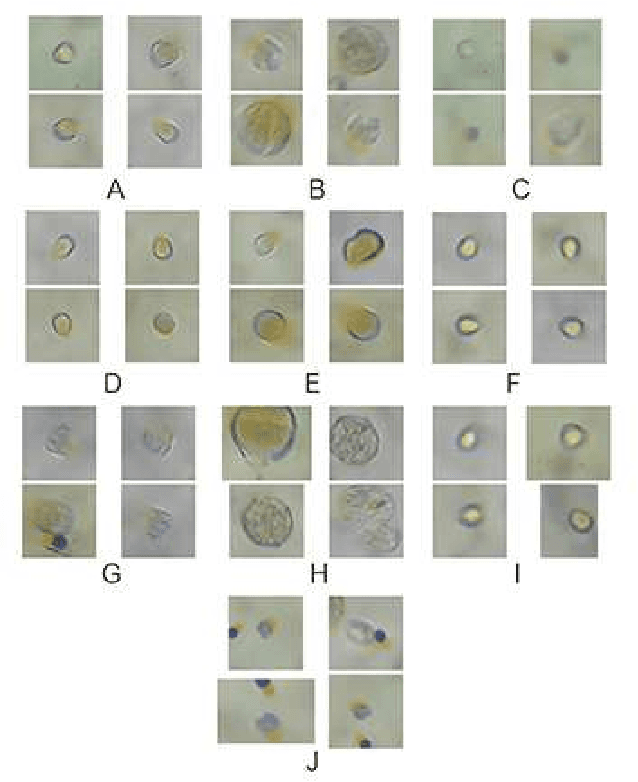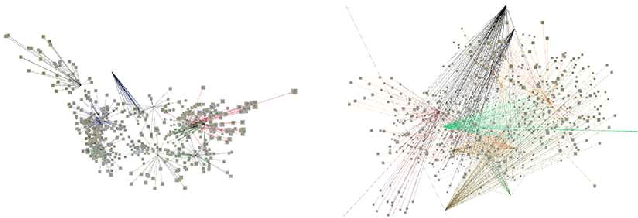Peter He
SeamPose: Repurposing Seams as Capacitive Sensors in a Shirt for Upper-Body Pose Tracking
Jun 17, 2024



Abstract:Seams are areas of overlapping fabric formed by stitching two or more pieces of fabric together in the cut-and-sew apparel manufacturing process. In SeamPose, we repurposed seams as capacitive sensors in a shirt for continuous upper-body pose estimation. Compared to previous all-textile motion-capturing garments that place the electrodes on the surface of clothing, our solution leverages existing seams inside of a shirt by machine-sewing insulated conductive threads over the seams. The unique invisibilities and placements of the seams afford the sensing shirt to look and wear the same as a conventional shirt while providing exciting pose-tracking capabilities. To validate this approach, we implemented a proof-of-concept untethered shirt. With eight capacitive sensing seams, our customized deep-learning pipeline accurately estimates the upper-body 3D joint positions relative to the pelvis. With a 12-participant user study, we demonstrated promising cross-user and cross-session tracking performance. SeamPose represents a step towards unobtrusive integration of smart clothing for everyday pose estimation.
Do Androids Dream of Electric Fences? Safety-Aware Reinforcement Learning with Latent Shielding
Dec 21, 2021



Abstract:The growing trend of fledgling reinforcement learning systems making their way into real-world applications has been accompanied by growing concerns for their safety and robustness. In recent years, a variety of approaches have been put forward to address the challenges of safety-aware reinforcement learning; however, these methods often either require a handcrafted model of the environment to be provided beforehand, or that the environment is relatively simple and low-dimensional. We present a novel approach to safety-aware deep reinforcement learning in high-dimensional environments called latent shielding. Latent shielding leverages internal representations of the environment learnt by model-based agents to "imagine" future trajectories and avoid those deemed unsafe. We experimentally demonstrate that this approach leads to improved adherence to formally-defined safety specifications.
Semantic Video Segmentation for Intracytoplasmic Sperm Injection Procedures
Jan 04, 2021



Abstract:We present the first deep learning model for the analysis of intracytoplasmic sperm injection (ICSI) procedures. Using a dataset of ICSI procedure videos, we train a deep neural network to segment key objects in the videos achieving a mean IoU of 0.962, and to localize the needle tip achieving a mean pixel error of 3.793 pixels at 14 FPS on a single GPU. We further analyze the variation between the dataset's human annotators and find the model's performance to be comparable to human experts.
Unsupervised Representations of Pollen in Bright-Field Microscopy
Aug 05, 2019



Abstract:We present the first unsupervised deep learning method for pollen analysis using bright-field microscopy. Using a modest dataset of 650 images of pollen grains collected from honey, we achieve family level identification of pollen. We embed images of pollen grains into a low-dimensional latent space and compare Euclidean and Riemannian metrics on these spaces for clustering. We propose this system for automated analysis of pollen and other microscopic biological structures which have only small or unlabelled datasets available.
Honey Authentication with Machine Learning Augmented Bright-Field Microscopy
Dec 28, 2018



Abstract:Honey has been collected and used by humankind as both a food and medicine for thousands of years. However, in the modern economy, honey has become subject to mislabelling and adulteration making it the third most faked food product in the world. The international scale of fraudulent honey has had both economic and environmental ramifications. In this paper, we propose a novel method of identifying fraudulent honey using machine learning augmented microscopy.
 Add to Chrome
Add to Chrome Add to Firefox
Add to Firefox Add to Edge
Add to Edge